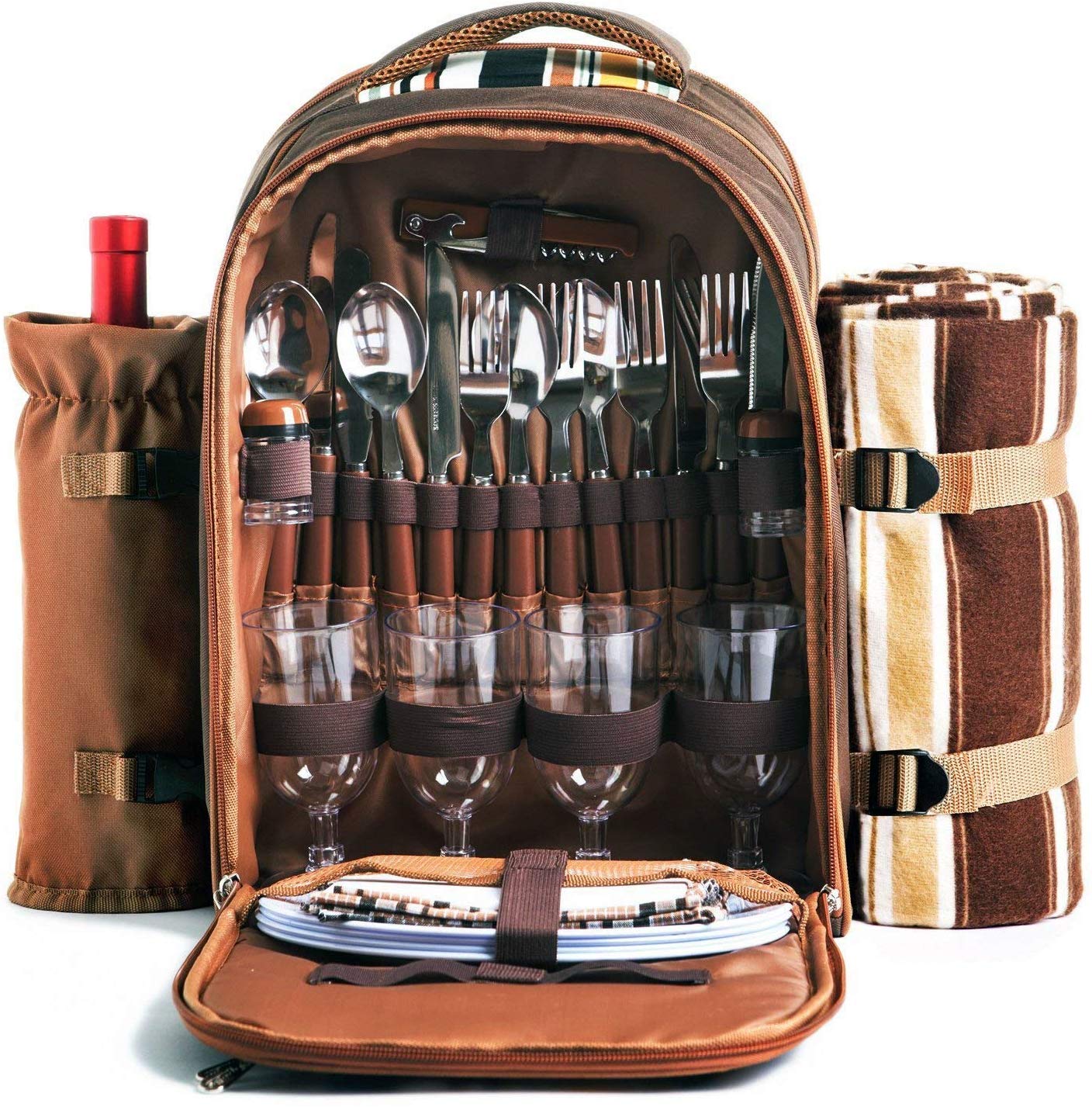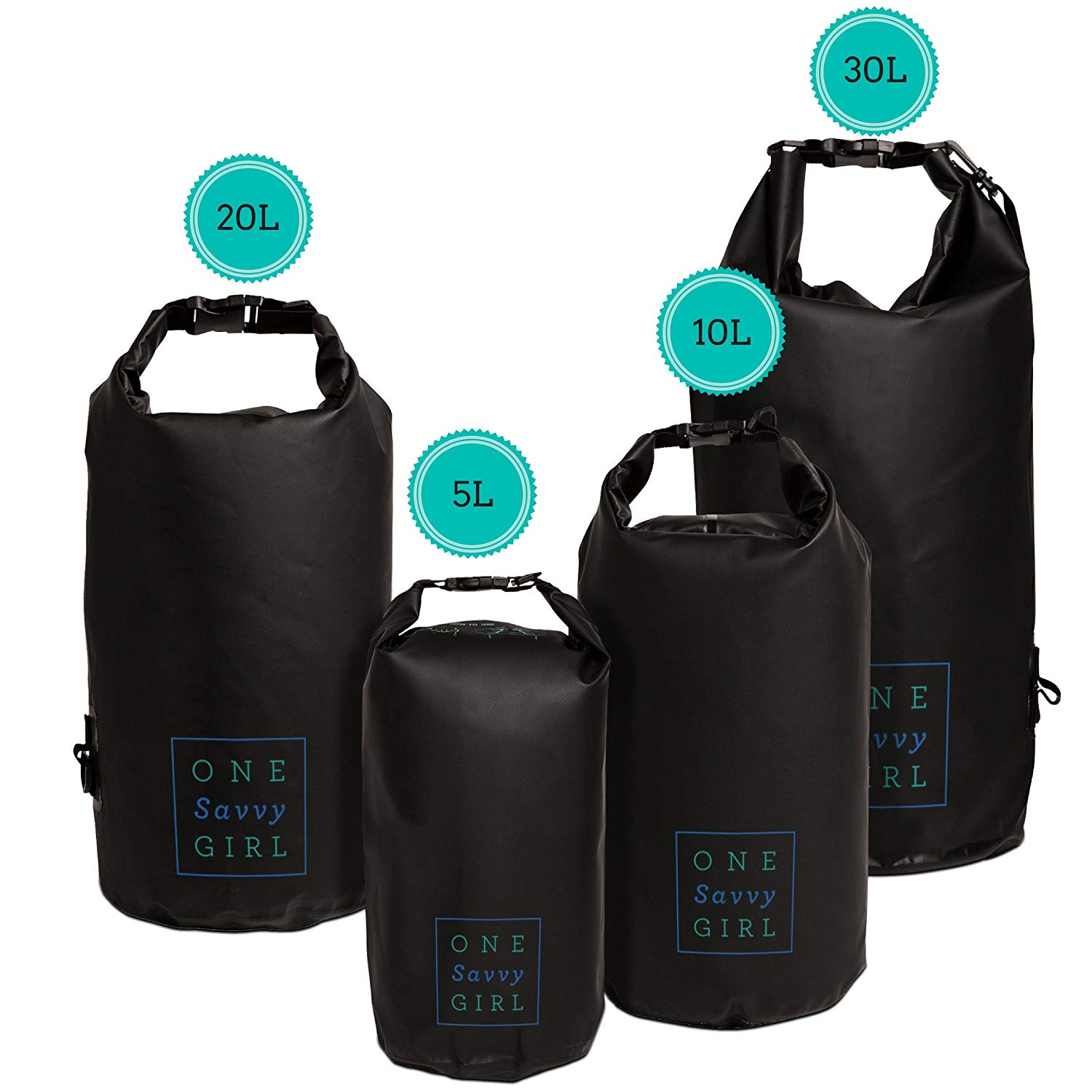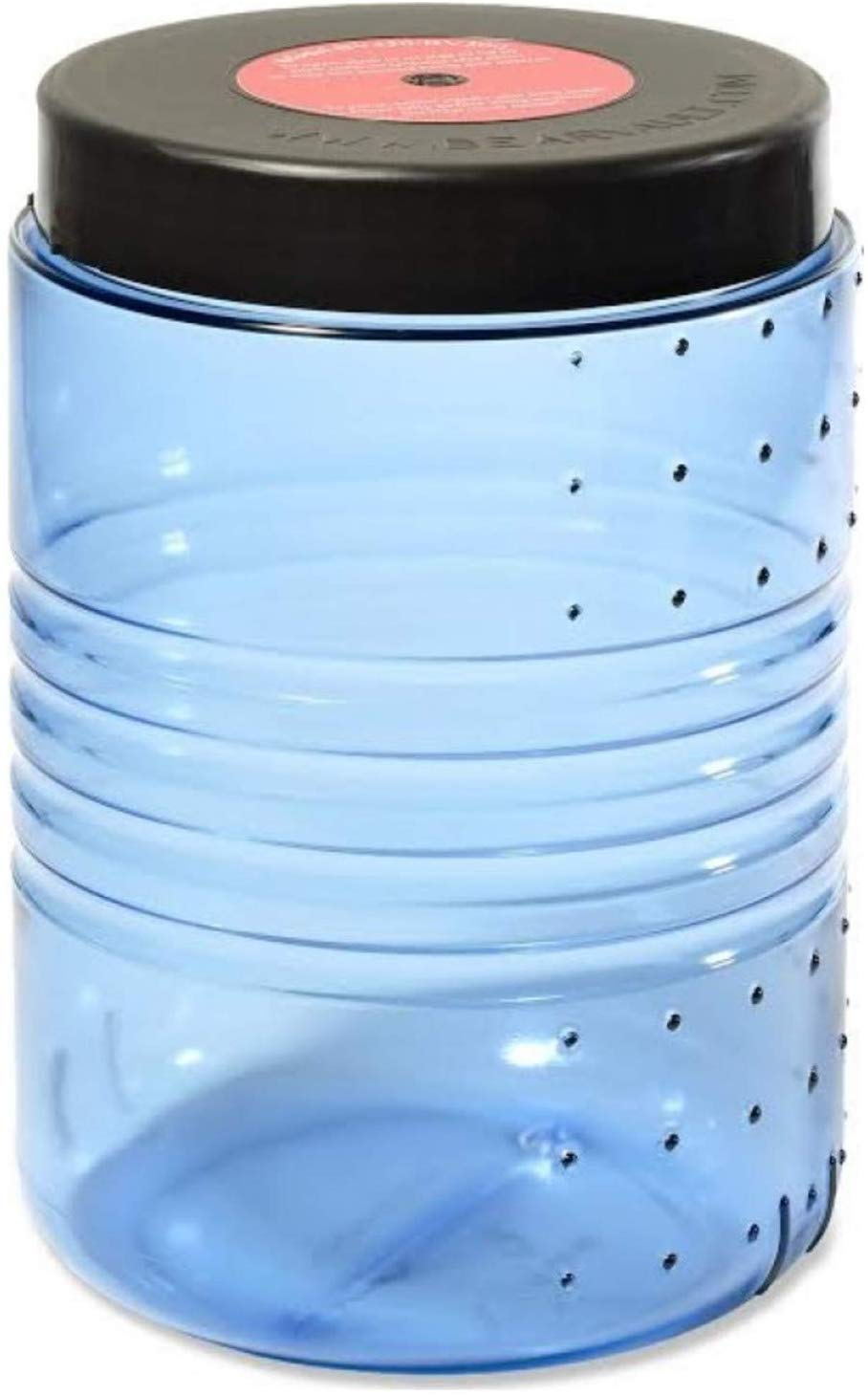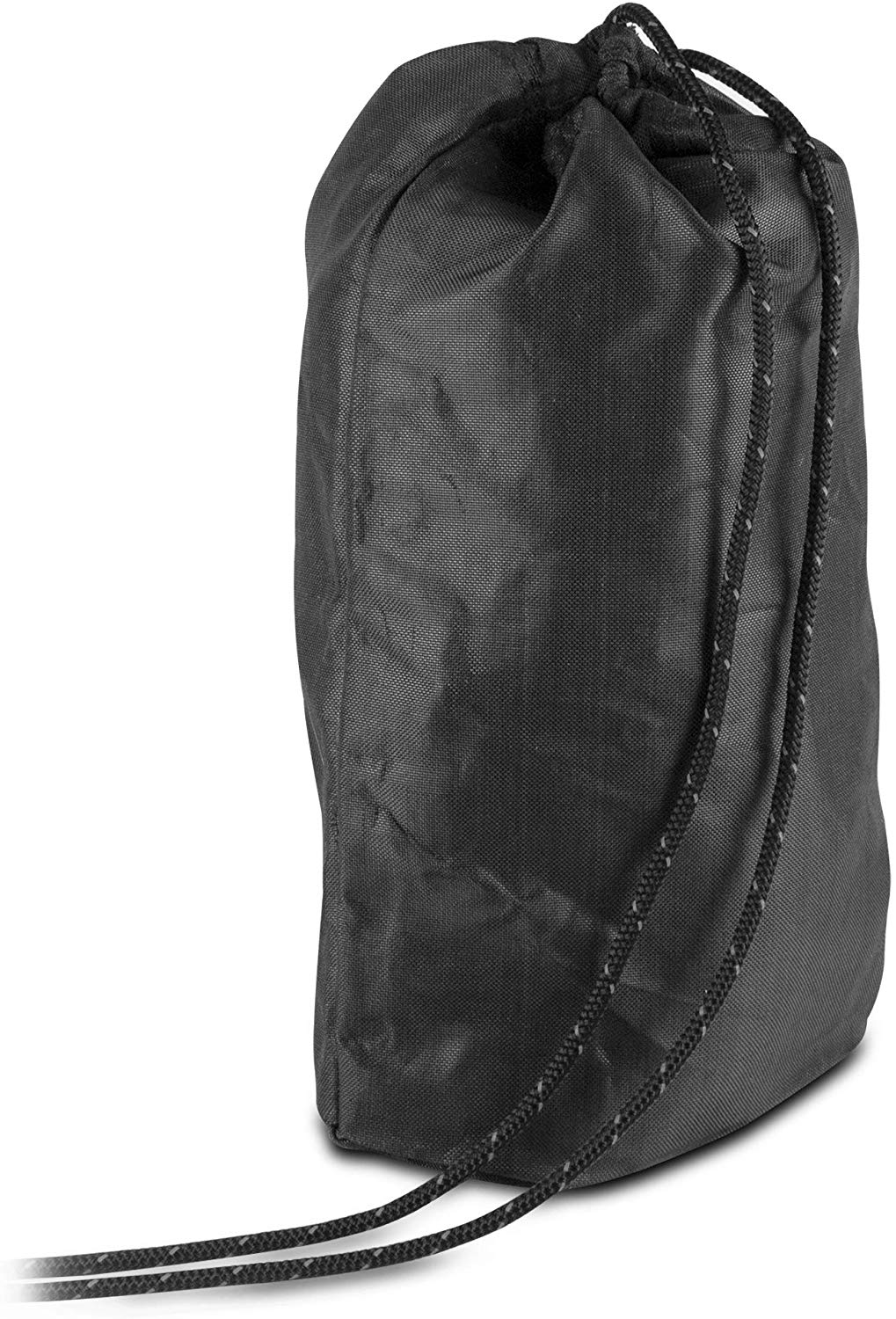With hiking and camping season peeking on a corner, the excitement from outdoor enthusiasts is certainly infallible. If you are headed out to one, the threat of animals and environmental hazards on your food may be foremost on your mind. For this, you will need the best storage solution to protect and keep food safe. With hundreds of hiking food bag brands and models out there, we have come up with two (2) of the highly recommended food storage solution designed for hikers, campers and backpackers by outdoor enthusiasts.
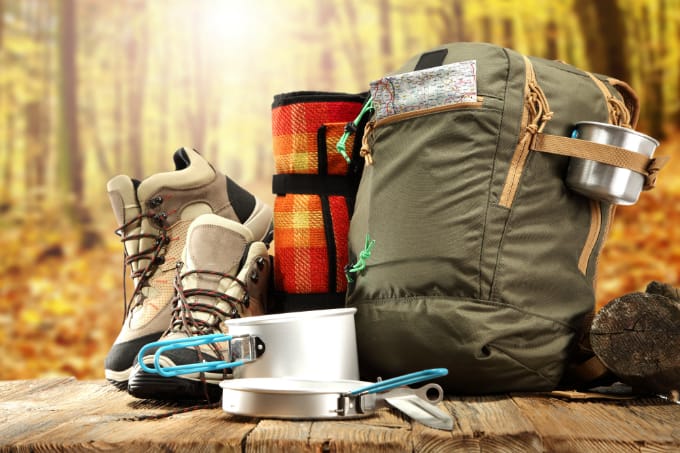
Source: innovationalsteps.org
1. Backpack Bag for 4 Person With Cooler Compartment
Backpack Bag for 4 Person With Cooler Compartment
Some people are keen on creating a mealtime experience that feels just like at home even when in a camping site or park or rugged terrain of the Appalachian summit. Such is the essence of the Picnic Backpack Bag for 4 Person With Cooler Compartment — a home away from home food and utensils backpack. Designed to hold your hiking or camping food requirements in an insulated body, it keeps food (as well as drinks) fresh and free from contamination. Packing a hot or cold lunch or snacks for a short hike or for a day camp will never go rancid or out of taste as the insulated body keeps heat or coolness trapped to fully protect food from within.
Avid hikers and campers also love the utensils included in the package. Backpack Bag for 4 Person With Cooler Compartment comes with the following eating utensils to make every mealtime comfortable whenever, wherever:
- 4×(stainless steel knives, forks, spoons, dinner plates,
cotton napkins, wine glasses ) - 1×cheesetter knife & 1×bottle opener & 2×Salt/pepper shakers
- 4 stainless steel knives
- 1×plastic chopping board
- Water-resistant fleece blanket, size 45×53 inch
Unless intentionally smashed, these eating utensils do not easily break or shatter making them perfect for any picnic, hiking or camping trip. Simply slung the ergonomic strap into your shoulders and off you go. Want more? The backpack set also comes with a waterproof blanket which proves to be useful when out and about. Definitely, this fully equipped hiking food bag will make your outdoor eating experience worth the hassle. Check for discounts here.
2. One Savvy Girl Waterproof Dry Bag
One Savvy Girl Waterproof Dry Bag
For long hikes and backpacking trips that require crossing rivers or having to deal with inclement weather conditions, the idea of using a bag that protects food from the wet, mud and dirt is a priority. This makes the One Savvy Girl Waterproof Dry Bag a favorite among adrenaline junkies who love to slug it off rugged terrains or in areas where kayaking and river canyoneering are part of the fun and excitement. Designed with waterproof polymer material with an ultra-tight clasp, it keeps all your hiking food and gear safe from moisture– all in one place.
Think about having your soaked socks piled up with your food pack. Icky right? Well, the One Savvy Girl Waterproof Dry Bag ensures that no such vomit-inducing incidents happen in your multi-day hiking escapades. It provides excellent protection from water and snow while keeping food fresh and safe. Now, you don’t have to worry about hiking gadgets and smartphones being damaged when trekking rivers or being exposed to a heavy deluge. And since it’s adjustable, you can easily choose the most comfortable way of wearing it while on a hike. This bag comes in various sizes– 5L, 10L, 20L, and 30L– to accommodate your needs. See here for discounts.
When planning for your next outdoor escapade, these hiking food bag options truly hit that top marks. The Backpack Bag for 4 Person With Cooler Compartment comes highly recommended for short day hikes where it comes handy for a perfunctory picnic.
The One Savvy Girl Waterproof Dry Bag, on the other hand, makes a perfect partner when going on a multi-day hiking adventure where trudging rugged terrain and rivers are part of the fun and excitement.
Now that we have discussed the type of food bags you can carry, there is another important aspect that you should take care of during your hiking adventure as a responsible hiker or camper – i.e- prevent wild animals from getting any human food that disrupts their natural diet.
If you have planned to be in a bear-inhabited place like that a national park or trails such as Appalachian Trail or you have to follow their rules and regulations but If you’re in Bear Country or in an area where there are no defined rules you can use a bear canister or bear bag for safety
Bear Canister
This Bear canister is approved by all National Parks and National Forest that has Canister Regulations.
BearVault-BV500-Backpacking-Lightweight-Protection
You can use it to store approximately 7 days of food for a single person. BearVault, the company that has manufactured it claims it to be tested and approved by Grizzly and Black bear testing facilities ( IGBC, SIBBG). Another important feature of this canister is it keeps the food odor locked and provides food protection from rodents and raccoons other than bears.
Remember, if a ranger stops you on the trail that requires canister and you are not carrying one, you could be issued a hefty fine.
Bear Bag
If you are on a hiking trail that does not specifically require a bear canister a high-density polyethylene bag or a Ursack like this one is a good choice to protect your food from bears.
Ursack-Major
It is made of “bulletproof” UHMWP fabric and weighs around 7. 6 oz. with the capacity of about approx. 5 days of food for 1 person and is designed to prevent bears from getting access to the food. Weighs.
While these bags can be put on the ground like a canister, it may be a good idea to tie the bag to a tree limb or hang it from a bear pole while you are resting for a meal.
Organizing and Packing your Food Bag
It may sound insignificant or unimportant but from experience, I can tell that inconvenience of taking out food that is required at snacking or mealtime or random food bag organization leads to skipped or delayed meals which will definitely have an impact on your ability to put in long miles especially if you are on a thru-hike.
So here are a few tips to help you with organizing your backpacking food:
If you are carrying a bear bag, first divide your food items into breakfasts, dinners, snacks, and drinks.
Then put each pile in a separate zip lock or plastic bags and put it in Ursack or bead bag on top of your stove, towel and sleeping bag so that you can easily pull it out when required. You can keep a separate “Snack Bag” for your munchies and drinks in your backpack’s hood pocket or belt pocket so that you can take it out easily and munch along while hiking.
Alternatively, you can use 2 food bags: a smaller one for your current day and a bigger one for the other days. At night, when you are camping, while you are boiling water in your backpacking stove, you can select and put all your next day’s breakfast and snacks in the smaller bag. This way you are ready to continue on your trail as soon as you are awake the next day. All the other food items you have goes to the bigger bag until the next evening camp. You can keep the smaller food bag at top of everything else in your pack, or on side pack.
Crucial Tips for hanging food from a tree in bear prone areas:
In case you are not carrying a bear bag or canister, it is even more important to hang your food bag properly from a tree to deny the bear access to your food bag.
Tie a 50 rope to a weight. You can use a hand-size rock or fill your tent-stake bag with small rocks and toss it over the tree. Once over and back on the ground, untie the rock or tent-stake bag, and attach your food bag.
Your bag should be hoisted at 10 to 15 feet high from ground so that a standing bear can’t reach it. Also, make sure the bag is at least four to five feet out from the trunk or pole so that the bear can’t reach it climbing the tree.
And of course, you need to tie the other end of the rope to a tree trunk or pole to secure it.
At some campsites, you’ll find bear poles installed which is much more convenient than tree branches. In the bear poles system, you’ll find a tall metal pole with large hooks at the top from which you can hang your food bag or entire backpack. Also, a long metal lifter pole is provided for hoisting your food bag up onto one of the hooks.
Alternatively, you may also find a horizontal metal cable strung high between two poles, which is also easy to hang your food bag from.
Last but not least you also need to know how to keep cooler food from spoiling.
If you are not carrying one of the cooler bags as described above, chances are you’ll have a cooler of some sort with you. Bottom line, you need to keep any perishables, such as raw meat , cheese, eggs, and milk, at 40 degrees Fahrenheit or colder so they don’t spoil.
Pre-chill the cooler with ice blocks for an hour before you put in any food. Fill in large polycarbonate water bottles with water, juice or milk and freeze. These will keep your cooler colder longer than fast-melting ice cubes, and you can drink the liquid once you don’t need the ice.
- Always, put any raw meat in double-bag so it doesn’t leak onto other foods spoiling them. Also, freeze everything that you will eat after the first day.
- It’s a good idea to put frozen raw meat on the bottom, where the cooler is coldest.
Handling raw meat in your camping site
- Cut up your raw meat at home into bite-size pieces and place them in a Ziploc bag so that you have to wash less in camp.
- Be especially careful about handling raw meat outdoor. Once you cut raw meat in camp, immediately place them in your cookware and wash the cutting board, knife and your hands with soap and water before you touch anything else. This is important to prevent attracting wild animals from the meat odor. You should never cut veggies or cheese on a surface that has raw meat residue on it.
- Remember to put the plastic wrap from raw meat to a double bag and store it in your cooler or trash bag until you get home; or dispose of it in a campground-provided trash bin.
Also after food is cooked wash dishes some distance away from your tent so odors don’t attract animals near where you sleep. Use only a tiny bit of liquid unscented soap. Also, remember to strain out any food scraps and put them in your trash. Disperse rinse water over a rocky area if possible, well away from your campsite.
Hope this article has given you all that you need to know about hiking food bag, the precautions you need to take storing and packing them.


